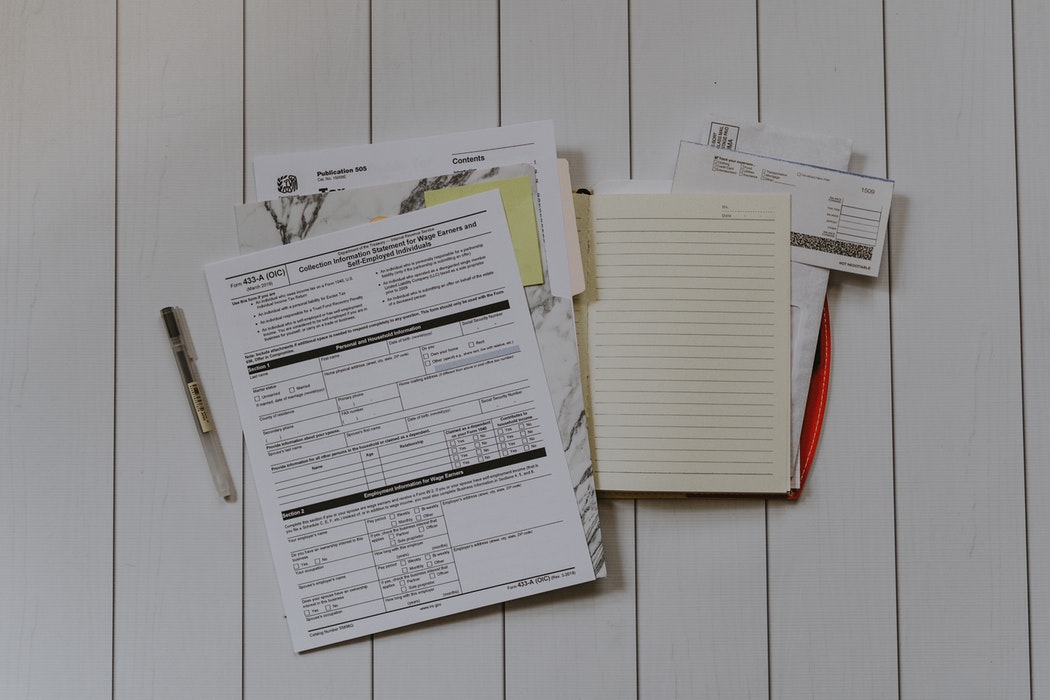We’ve all been there. One day, you look around your house, and there’s just So. Much. Stuff. Stuff in boxes, stuff on the walls, stuff in the corners—just…stuff. If you’re gearing up to sell your home, you’re going to have to deal with all that accumulated clutter eventually. Luckily, there are plenty of simple strategies for getting the job done!
Arm yourself for the Crusade Against the Clutter, and use these top tips to transform your home before selling.
Start Early
If you aren’t prepared, things can quickly get overwhelming. After all, you’re not only getting your home ready to sell, but you’re also packing things up, finding a new home, and dealing with your finances. It makes sense that decluttering your home isn’t first on your list, but it’s one of the most important steps!
Before you list your home, you want the space to be ready to wow buyers from the second they walk through the door. If you kick off your decluttering months in advance, you’ll be in much better shape come listing time.
Expand Your Storage
For many people, clutter accumulates simply because they don’t know what they actually have. An easy way to fix this issue and make your home more organized is by coming up with an intentional storage solution.
Hit the store and pick up some sliding storage and plastic tubs, then label each unit and keep it stored anyway until needed. That way, you’ll know exactly what you have and where it is. Never worry about misplaced holiday decorations or a surplus of school supplies ever again! Plus, a lot of your stuff will already be neatly packed away come moving time.
Take It Little by Little
Decluttering can be a long process, filling up nights and weekends and free time—especially if you put it off until the last minute. Luckily, if you start ahead of time, you’ll have the luxury of taking it little by little. And not just one room at a time—we mean really little, like an hour or two hours spent on just the kitchen cabinets or bedroom closets.
You can even make it fun! Get everybody in the house together and play a game of 12-12-12. The rules are simple: walk through the house and find 12 items you want to keep, 12 items you want to get rid of, and 12 items you want to sell/donate. You’d be surprised how quickly you can reduce your clutter after a few rounds, and it only takes a couple of minutes!
Make it FAST
For the last tip, we’ve gotten the inside scoop from professional organizer, Peter Walsh. Walsh says that decluttering is as simple as remembering this short acronym:
Fix a time. Plan ahead, and find a time that works for everyone in the house—and make attendance mandatory!
Anything not used in twelve months. If you haven’t used it in a year, then you probably don’t need it. Ask yourself a few questions: Do I need it? Is it valuable to me? Is it worth the space it’s taking up? If no, then kick it to the curb.
Someone else’s stuff. Still have that borrowed tupperware? Give it back. Holding onto things that family members have left behind? Send it their way. If it’s not yours, find a new home for it!
Trash. It’s easy to get sentimental and hold onto things that are well past their expiration date (metaphorically speaking). Don’t be afraid to take the plunge—and maybe even go overboard—and trash some of your older belongings. If you don’t want to go full in and trash it, then you can always donate it to a good cause.
Get Your Home Ready to Sell
Decluttering is just one small step in the selling journey—albeit a fairly time-consuming one. Luckily, we’re here to help you carry the load! Give us a call to learn a few more tips for getting rid of your clutter and staging your home for success.
In the meantime, feel free to explore our additional selling resources, like our neighborhood sold report and Comparative Market Analysis, and let us know when you’re ready to get started!


